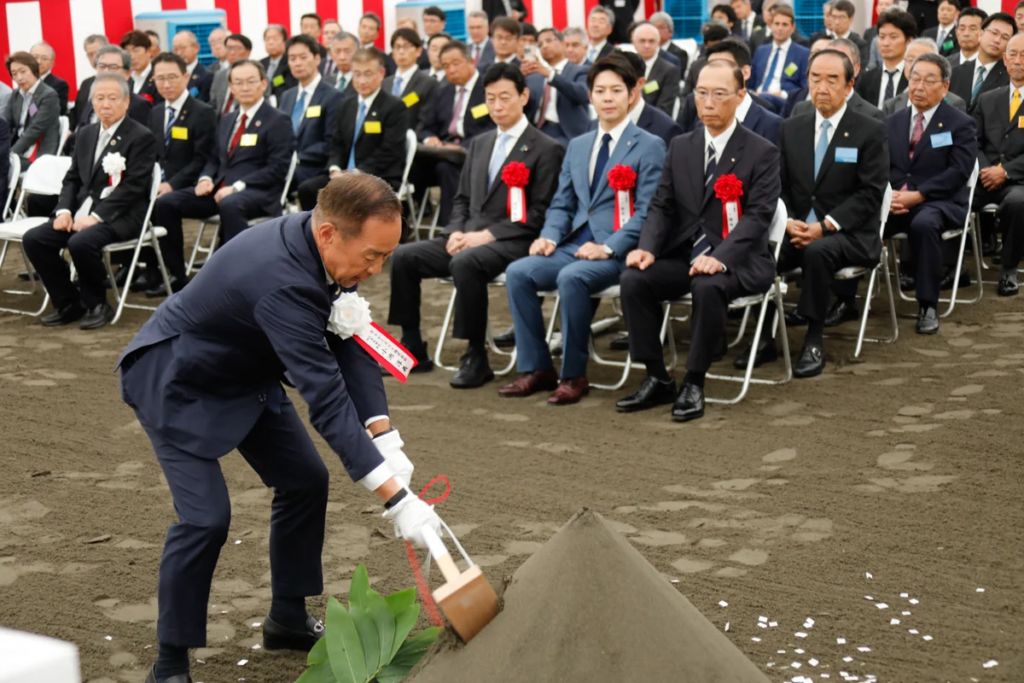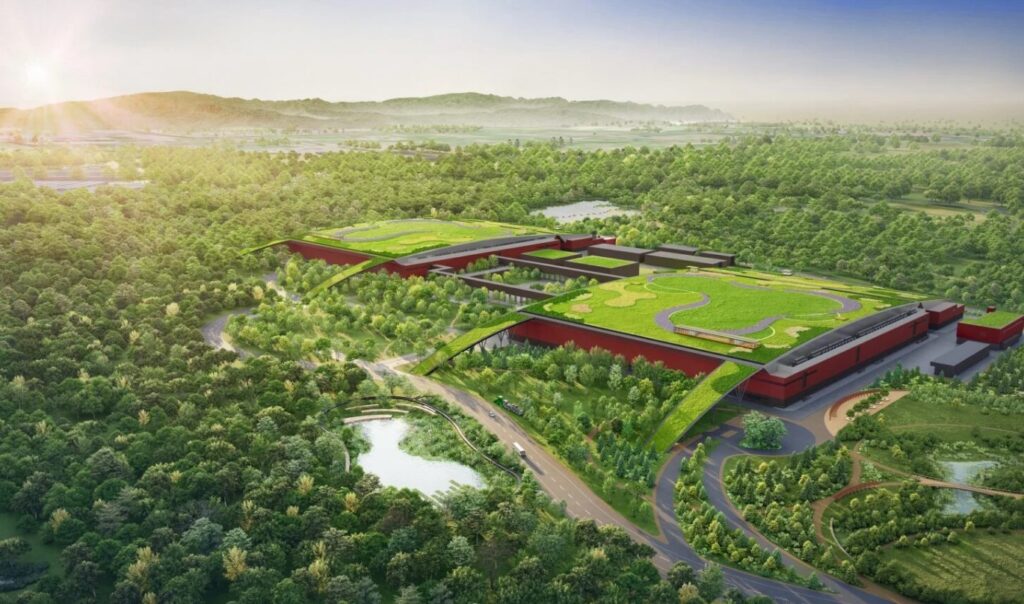ASIA ELECTRONICS INDUSTRYYOUR WINDOW TO SMART MANUFACTURING
Rapidus-Led 2nm Facility Gets More Funding
Japan’s Ministry of Economy, Trade and Industry (METI) has given a boost to the 2nm chip facility and R&D initiated by Rapidus Corporation in Japan. Particularly, METI said the additional support is up to 590 billion yen for this year.
METI has earlier pledged up to 330 billion yen in support for Rapidus. Thus, when combined with the current support, the maximum amount of support will be close to 1 trillion yen.
Earlier, the New Energy and Industrial Technology Development Organization (NEDO) has commissioned Rapidus to lead the project. This will pave the way for Japan’s first facility that will produce logic semiconductors at 2nm and beyond.
Part of the NEDO approval is the budget allocation for its FY2024 for the said 2nm R&D and manufacturing.
In addition, NEDO has selected its proposal for “Development of Chiplet, Package Design, and Manufacturing Technology for 2nm-Generation Semiconductors.

Propel Japan’s Chip Competitiveness
With the selection of its proposal, Rapidus will develop design and employ manufacturing technology for chiplet packages. Specifically, those necessary for mass production and designs of chiplet packages that achieve larger size and lower energy consumption using 2nm semiconductors.
These back-end process areas require innovation in tandem with the development of cutting-edge semiconductors in the front-end process. Rapidus aims to provide its customers with a Rapid and Unified Manufacturing Service (RUMS), which will enable short turnaround time (TAT) semiconductor manufacturing. Particularly, by providing design support and integrated front-end and back-end processes.
Meanwhile, for the back-end process, Rapidus will utilize a part of Seiko Epson Corporation’s Chitose Plant, which is adjacent to the Innovative Integration for Manufacturing (IIM) in Chitose, which is under construction.

In a report by Dempa Shimbun Daily, the additional budget, through Japan’s Ministry of Economy, Trade, and Industry (METI), is approximately 590 billion yen. The government support to the project has now increased to 920 billion yen.
Recently, Rapidus has opened a satellite office in Chitose near to the soon-to-rise factory. In 2023, the company held a groundbreaking ceremony for the construction of IIM-1.
In November 2022, Rapidus received the nod for its proposed next-generation semiconductor R&D project for 2nm generation anchored on Japan-U.S. collaboration. Specifically, NEDO commissioned the project1. Based on this project, Rapidus started construction of the IIM, in Chitose City, Hokkaido. Moreover, this is where it is developing mass production technology for 2nm-generation logic semiconductors.
Cutting-Edge Facility
Earlier, IBM and Rapidus forged a joint development partnership to advance logic scaling technology. Primarily, the partnership, forged in 2022, has given a boost to Japan’s initiatives to become a global leader in semiconductor research, development, and manufacturing.
Additionally, the company is also planning to acquire EUV lithography technology from imec. Accordingly, this is essential to produce cutting-edge semiconductors. Utilizing these technologies, the company plans to start operation of a pilot production line at IIM-1 in April 2025, and begin mass production in 2027.
Rapidus will contribute to the enhancement of Japan’s industrial strength through the realization of a state-of-the-art LSI foundry by building cooperative frameworks with domestic and overseas materials and equipment industries, as well as international collaborations with IBM, imec, and other partners.
1NEDO commissioned the project as part of the “Post 5G Information and Communication Systems Infrastructure Enhancement R&D Project/Development of Advanced Semiconductor Manufacturing Technology/R&D of 2nm-generation semiconductor integration technology and short TAT manufacturing technology based on Japan-US collaboration”
-3 April 2024-




